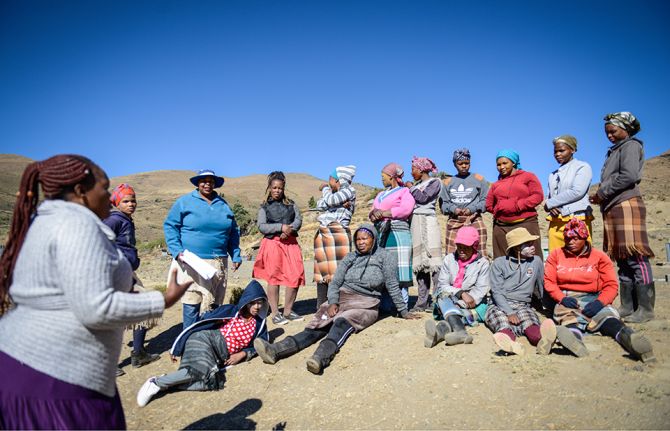
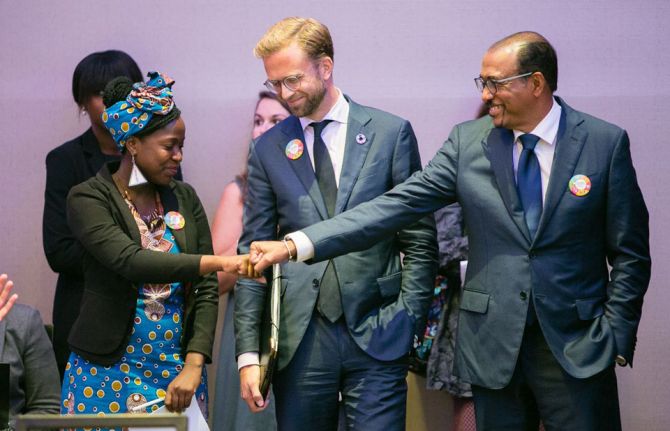
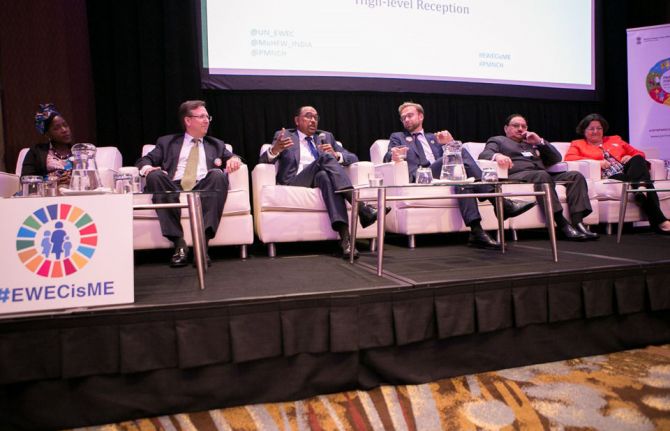
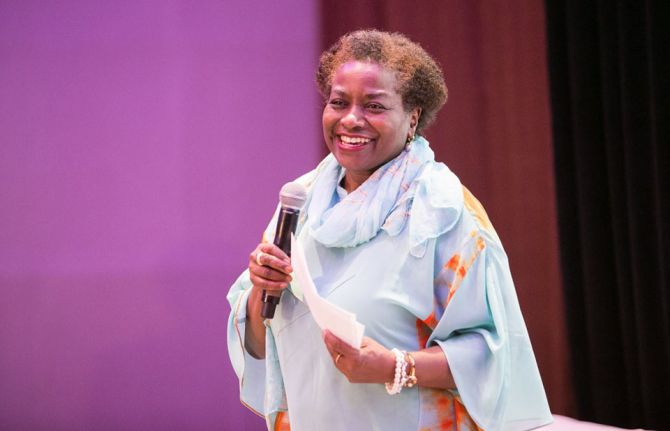
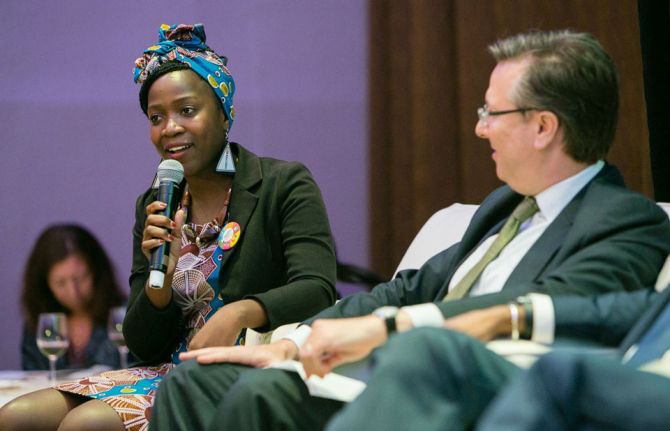
Feature Story
Uniting for every woman and every child
26 September 2018
26 September 2018 26 September 2018The health of women, children and adolescents is the cornerstone of public health. Healthy women and children create healthy societies and if adolescents are helped to realize their rights to health, well-being and education they become equipped to attain their full potential as adults. However, each year approximately 5.9 million children die before the age of five years and 289 000 women die in pregnancy and childbirth.
As part of the United Nations response to this crisis, the former United Nations Secretary-General, Ban Ki-moon, launched an initiative during the 2010 United Nations Millennium Development Goals summit to save and improve the lives of millions of women, children and adolescents around the world.
The initiative, Every Woman Every Child, was an unprecedented global movement that mobilized action by governments, the private sector, academia and civil society to address the major health challenges facing women, children and adolescents. As part of its work, the movement put into action a Global Strategy for Women’s and Children’s Health, a road map to galvanize political leadership and resources and to create a powerful multistakeholder movement for health.
The technical work of the movement is done by the H6 partnership, currently chaired by UNAIDS, which puts to work the collective strengths of UNAIDS, the United Nations Population Fund, the United Nations Children’s Fund, UN Women, the World Health Organization and the World Bank Group to operationalize the Global Strategy for Women’s and Children’s Health.
Today, spearheaded by the current United Nations Secretary-General, António Guterres, Every Woman Every Child is a multistakeholder platform that is saving millions of lives by placing women, children and adolescents at the centre of universal health coverage and the Sustainable Development Goals.
To highlight the need for continued political momentum around the movement, Every Woman Every Child held a high-level reception during the 73rd Session of the United Nations General Assembly in New York, United States of America, to underscore the importance of commitment, action and accountability by high-profile global leaders and influencers.
At the 2010 launch, more than US$ 40 billion was pledged, with numerous partners making additional financial, policy and service delivery commitments. However, speakers at the event highlighted that more help is urgently needed.
They stressed that the international community must pledge additional commitments to take Every Woman Every Child past the tipping point, which, the organizers say, would save the lives of 16 million women and children, prevent 33 million unwanted pregnancies, end stunting in 88 million children and protect 120 million children from pneumonia.
Quotes
“Today’s challenges require a new response. Every Women Every Child and the deep commitment of its partners will be critical to this.”
“We say that it is teamwork that makes the dream work and our partnership is one of the best examples of how we can deliver together, the United Nations delivering as one.”
“We are doing a lot of work in India—from birth to adolescence, we are putting in place numerous health programmes and initiatives. We are proud that our Prime Minister has taken a bold decision to help the most deprived and the most marginalized. One hundred million families have been identified across India, all of whom will benefit from support for health care so that they are not out of pocket for taking care of their health.”
“For too long we have simply not done enough. More than 5 million children die every year. That is like the whole population of my country being wiped out. We know that 35 million lives can be saved between now and 2030, but only if the Global Financing Facility is fully funded. We will be holding a replenishment in November—there is no better reason to come to Norway.”
“It is a transformative moment. It’s about leadership and about transforming leadership in the global health arena. It’s also about innovation, about how we do things differently. Which is why the H6 is so important—it is an entry point for United Nation reform—one results framework, one vision—demonstrating what we can do differently.”
“It’s so important that young people are engaged in these programmes, involved in these programmes and leading these programmes. With young people taking the lead, you will have the greatest impact. We need to do business differently, and to do this we need to take a people-centred approach and, most importantly, work together.”

